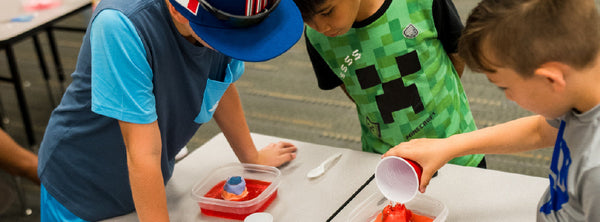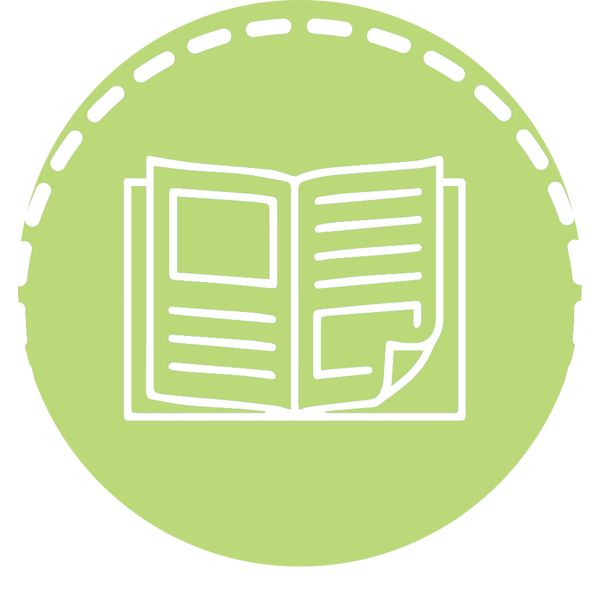
Tracing STEAM with the Mother of Science Fiction
Mary Wollstonecraft Shelley was a British author, best known for her novel Frankenstein. As a widow, mother, philosopher, writer and ostracised political radical living in Victorian England, Shelley paved the path for forward-thinking women as she broke free from the Romantic and enlightenment ideals of her era.
Frankenstein, a gothic and philosophical novel, narrates the consequences of a scientist who artificially creates a human being. A familiar monster in modern science fiction stories and films, Shelley’s Frankenstein changed the perception of what the writing of her time could look like. A figurehead of STEAM learning, her life, and her novel, perfectly combine science and the arts.
The Life of a Creator
Mary Shelley was born on August 30, 1797, in pre-Victorian London. The only daughter of the famous political philosopher William Godwin and feminist Mary Wollstonecraft, Mary was raised under the liberal teachings of her father. In 1816, Mary Shelley married Percy Shelley, a young poet and confidant of her father. Fully embracing the life of a poet, she and her husband spent their time together traveling Europe. In 1822, Percy died after his sailing boat sank during a storm near Viareggio.
A year later, Mary Shelley returned to England with her only son and worked to publish her late husband's poems. In 1831, she revised and republished what would be her most famous work and the beginnings of science fiction, Frankenstein.

While Frankenstein is widely considered her most famous work, Shelley also published several other novels, including Valperga (1823), The Fortunes of Perkin Warbeck (1830), Lodore (1835), and Falkner (1837). According to Encyclopedia Britannica: "Her story, The Last Man (1826), an account of the future destruction of the human race by a plague, is often ranked as her best work."
The Science of Frankenstein
As a story about the reanimation of a human being, Frankenstein was one of the first stories considered under the new genre, science fiction: “fiction dealing principally with the impact of actual or imagined science on society or individuals or having a scientific factor as an essential orienting component” (Merriam-Webster). Only a teenager when she conceived the tale, Mary Shelley’s first novel broke the mold of what writing could achieve. Writing at a time where enlightenment and romanticism reigned supreme, Shelley used her fascination with modern science and her love for the arts to create something entirely new.
“Mary Shelley was well acquainted with the medical science of her time. Two contemporary scientific advances—both of which were concerned with probing the boundaries between the living and the dead—figure prominently in the novel. The first was the discovery that it was sometimes possible to resuscitate people who appeared to have died by drowning, and the second was the emerging field of electrophysiology, which investigated the effects of electricity on animal tissues” (The Editors of Encyclopaedia Britannica).
An emerging medical advancement, reviving a drowning victim had only recently been recognized as achievable, with Shelley’s mother being among the first people successfully resuscitated after a drowning. An incident which occurred a couple of years before Mary was born, its impact, combined with the drowning death of her husband, is seen throughout Mary’s writing career: If someone can be brought back from the dead (as a drowning was considered to be the end), what else was possible?
“The second major scientific influence on Mary Shelley came from the emerging field of electrophysiology. In the 1780s, Italian scientist Luigi Galvani began investigating the effects of electricity on animal tissues. He found that by passing an electrical current from a lightning storm or an electrical machine through the nerves of a dead frog, the frog’s legs could be made to kick and twitch. In 1791 he published an essay announcing his discovery that animal muscles and nerves contained an innate electrical force, which he dubbed ‘animal electricity.’
Several years later, Galvani’s nephew, the physicist Giovanni Aldini, combined his uncle’s discoveries with those of Alessandro Volta (the inventor of the first electric battery) to stage a series of dramatic experiments and demonstrations around Europe. Before crowds of astonished onlookers, he used electric currents to stimulate motion in the bodies of dismembered animals. The head of an ox, for example, was made to twitch and open its eyes” (The Editors of Encyclopaedia Britannica).

The Birth of Science Fiction
Growing up and learning during a time of constant scientific discovery and inquiry had a significant effect on Mary Shelley. Well read in the modern sciences, Shelley’s husband was also an amateur chemist, and her closest friends and neighbors were physicians and philosophers. STEM surrounded her. But it wasn’t until, as the story goes, her neighbor Lord Byron challenged her to compose a ghost story, that Mary Shelley managed to weave modern science and fiction together in a way that had never been done before, creating a story which has fascinated and terrified readers for generations.
Mary Shelley died at the age of 53 from a brain tumor, leaving behind a lasting legacy. As the mother of science fiction, she inspired generations of writers, scientists and storytellers to see where the impossible could take them. She was an incredible practitioner of STEAM, and her full-speed-into-the-unknown mentality solidified her spot as one of the greatest philosophical, scientific and artistic creators of the 1800’s.









